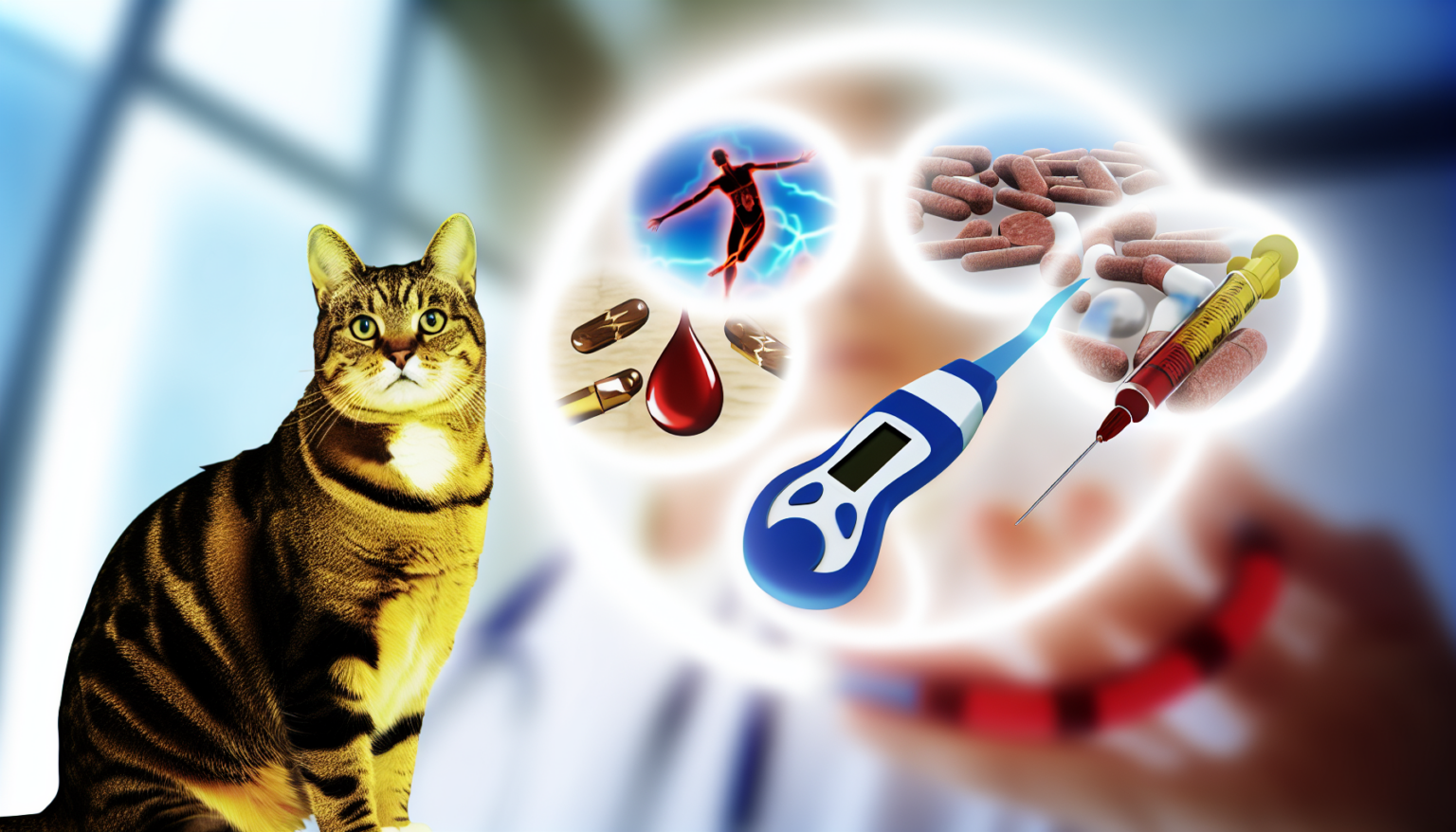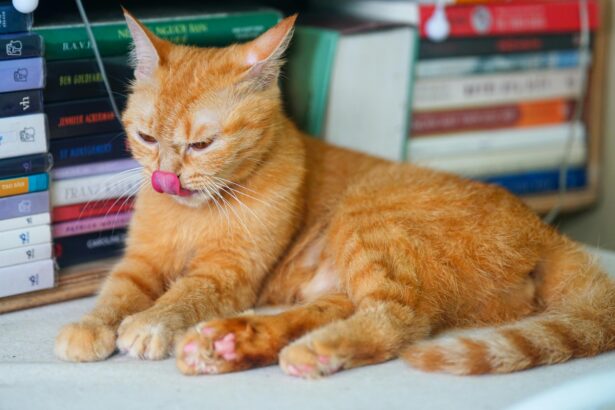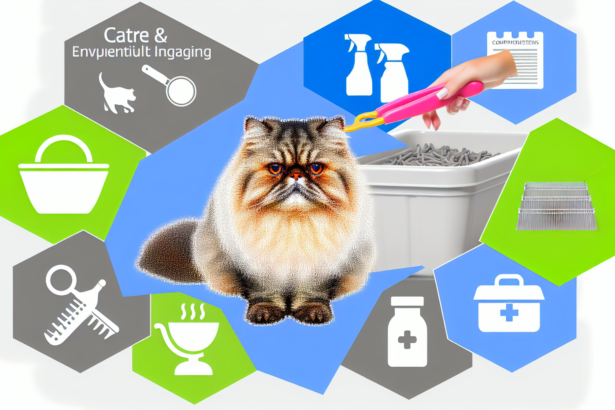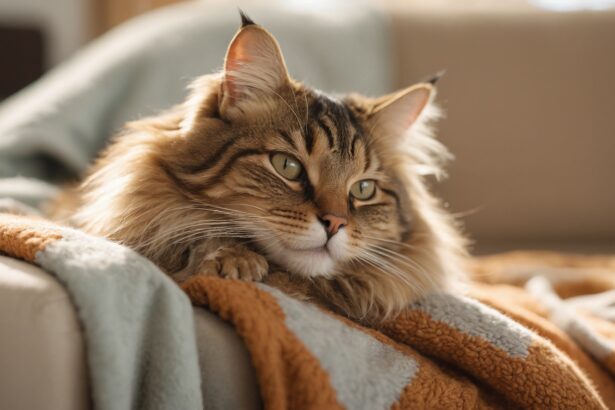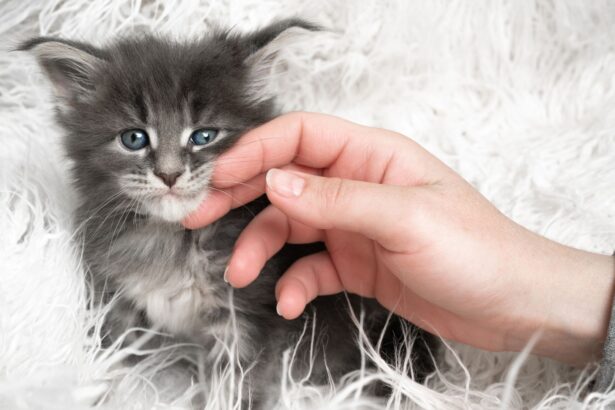Watching a beloved cat grow frail is heartbreaking, and diabetes can make these moments feel even heavier. If you’re wondering how to recognize the end of life and keep your sweet companion comfortable, you’re not alone. Here’s a gentle, practical guide to help you navigate this time with clarity and love.
Feline diabetes, simply explained
In diabetes, a cat’s body struggles to use sugar as fuel because insulin isn’t working properly. Over time, this can cause weight loss, weakness, and complications that may hasten decline. The goal, always, is comfort and stability.
Surprising fact: some cats with diabetes can go into remission with early, consistent treatment and the right diet. But when remission isn’t possible and health declines, your focus naturally shifts to quality of life and tenderness, not perfect numbers.
If you’re still in the management phase and need a broader view, you might appreciate this overview on managing feline diabetes and what to expect over time.
Signs a diabetic cat may be near the end
- Marked lethargy and withdrawal: long, deep sleep, less interest in family life, hiding, or seeming “far away.”
- Not eating or drinking: refusing favorite foods, dehydration (sunken eyes, tacky gums), or rapid weight loss.
- Breathing changes: labored, deep, or unusually slow breathing. In diabetic ketoacidosis (DKA), breath can smell a bit like nail polish remover.
- Gastrointestinal distress: vomiting, diarrhea, or constipation that doesn’t resolve.
- Neurological signs: wobbliness, hind-leg weakness (plantigrade stance), tremors, or seizures (often from low blood sugar).
- Body temperature shifts: cool paws/ears, difficulty staying warm, or a consistently low temperature.
- Incontinence or missed litter box: too weak to get in, or confusion about where the box is.
Red flags that need urgent veterinary care
- Collapse, seizures, severe vomiting, or very deep/fast breathing (possible DKA).
- Not eating for 24 hours (or 12 hours in a fragile senior), or not drinking with signs of dehydration.
- Any suspicion of hypoglycemia: disorientation, tremors, seizures.
Want to understand why eating matters so much? Here’s what happens when a cat stops eating and why it’s an urgent situation.
Comfort care: small changes that make a big difference
At this stage, comfort is queen. Think warmth, softness, easy access, and tasty, gentle nutrition. Your vet can personalize everything for your cat’s needs.
Make the home kinder on tired paws
- Cozy rest spots: soft bedding in a quiet, warm room; add a safe heating source under a blanket.
- Litter made easy: low-sided box, close to the bed. Use a puppy pad just outside for “almost made it” moments.
- Food and water within reach: shallow bowls, slightly elevated, so she doesn’t have to bend.
Nourish without stress
- Offer small, frequent meals: warm wet food to boost aroma; try lickable treats for gentle calories.
- Hydration help: a pet fountain, broth (no onion/garlic), or vet-prescribed subcutaneous fluids when appropriate.
- Gentle grooming: a soft, damp cloth to clean fur and eyes; it helps comfort and prevents skin irritation.
Insulin and medications: play it safe
- Never give the usual insulin dose if your cat won’t eat. This can trigger dangerous hypoglycemia. Call your vet for “sick-day” dosing guidance.
- Pain control matters: cats hide pain; ask your vet about safe options. Never use human pain meds.
Common mistake to avoid: changing insulin doses on your own because numbers look “off.” End-of-life bodies are unpredictable—quick adjustments without a vet can cause crashes or DKA.
If you’d like a broader perspective on lifespan and what “good days” can look like, this guide on cat longevity can help you frame conversations with your vet.
Astuce: the comfort corner
Create a “comfort corner” in one room: a plush bed with a subtle warmth source, a nightlight, a low-entry litter box, and bowls at chin height. Keep a soft towel nearby for gentle grooming, plus a few irresistible, smelly favorites in tiny portions.
Bonus trick: warm food for 10–15 seconds and mash with a spoon to release aroma—tired noses need extra encouragement.
When goodbye is the kindest word
There’s no perfect moment, only the most loving one you can choose. Quality-of-life scales (like “HHHHHMM”: Hurt, Hunger, Hydration, Hygiene, Happiness, Mobility, More good days than bad) can ground your decision. Ask your vet to walk you through it.
Many families plan a favorite meal, a quiet cuddle, and a familiar blanket. Home euthanasia can be an option in some areas; ask early if it matters to you.
If you’re reflecting on age and frailty, this guide to your cat’s human age can offer insight and context for what you’re seeing now.
Coping with loss
Grief is personal and wise. You might make a paw print, frame a favorite photo, or hold a tiny ceremony in the garden. Share stories; they help the love stay present and soft.
Some guardians like reading practical health overviews to feel less alone. If that’s you, this resource on common cat health problems may bring reassurance and clarity.
A last gentle note
Even when you can’t fix everything, you can always give comfort—warmth, presence, and the sound of your voice. That’s everything to her.
FAQ
What are the last stages of a diabetic cat’s life?
Common signs include profound lethargy, not eating or drinking, weight loss, labored breathing, incontinence, and neurological changes like wobbliness or seizures. Urgent signs (collapse, deep breathing, repeated vomiting) need immediate veterinary care.
Should I give insulin if my diabetic cat won’t eat?
Don’t give the usual dose without speaking to your vet. Not eating plus insulin can cause dangerous hypoglycemia. Call your clinic for “sick-day” dosing and monitoring advice.
How can I make my dying diabetic cat comfortable?
Keep her warm, offer soft bedding, low-sided litter, and small warmed meals. Place bowls within easy reach, groom gently, and ask your vet about pain relief and hydration support.
Can a diabetic cat die suddenly?
Sadly, yes—severe hypoglycemia or diabetic ketoacidosis can lead to sudden decline. Knowing red flags and having an emergency plan with your vet can save precious time.


